Dharamsala
Situated at the height of 1457 m it is the Head Quarters of Kangra District with many suburbs. Mcleodgunj at upper reaches is one of the suburbs and is home to Dalai Lama the Tibetan Exile. Surroundings comprise Alpine and Deodar coniferous flora.
Picturesque Kangra Valley with rising peaks is home to coniferous forests and is fed by a number of perennial streams. Dharamsala is part of the spread of the valley, and hence is a popular tourist center and grounds for avian activities.
Narkanda
At an average height of 2708 meters, the highest peak at 3200 m is called Hatu. Covered in snow during the winters the destination exhibits a diverse climate throughout the year. The temperature remains pleasant throughout the year but winters invite skiers from far and wide.
The forests are comprised of coniferous or fir trees and dominant among them are the Hazleneut, Oak, Poplar, and Maple. The shrubs which occupy the ground level are ideal for nesting and foraging for food.
Chail Sanctuary
It is a hill resort and wildlife sanctuary in part situated at a height of 2250 m about 44 km from Shimla, the capital city of Himachal Pradesh. It is popular with tourists due to the virgin forests comprising of deodar, chir pine, oak, and poplar creating a panoramic setting. At the sanctuary, one can see exotic wildlife and birds like the cheer pheasant which is a target species. The area of the sanctuary is 110 sq. km as is quite popular among the birders.
Great Himalayan National Park
The NP stretches from an altitude of 1500 to 6000 m in the Himalayas, it is a meeting ground between two zoogeographical regions namely the pale-arctic and oriental realms. It has some commonality with Central and Western Asian regions. A lot of characteristic features have been shaped as a result of tectonic plate movement and the continental drift which resulted in the formation of the Himalayas.
Himalayas Eco Formation
These are comparatively new formations and the tallest in the World. Himachal Pradesh is situated in Western Himalayas and much land has been notified as wildlife sanctuaries and National Parks while some destinations are popular as hill resorts. Due to territorial upheaval, altitude range and creation of diverse terrain, weather patterns and cold climate the State proves to be an excellent habitat for avian species resident and migratory. It is home to approximately 750 species which can be seen at many places during the seasons. Some of the hot spots are as mentioned below.
- Pin Valley NP
- Thirthan Valley
- Sangla
- Pang Mo
- Saharan
- Manali
- Kullu
- Renuka Sanctuary
- Shoja
- Kasauli


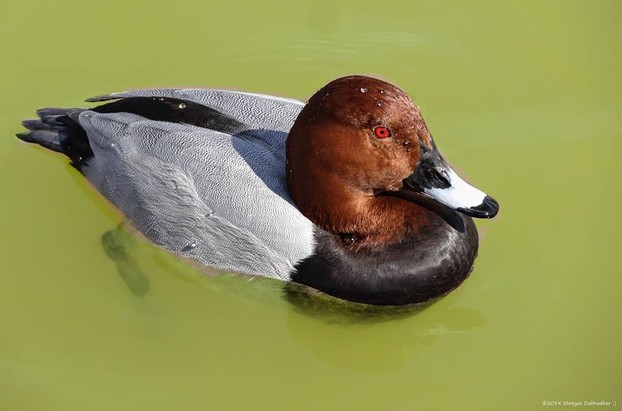
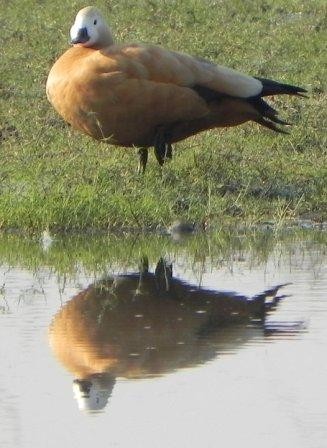
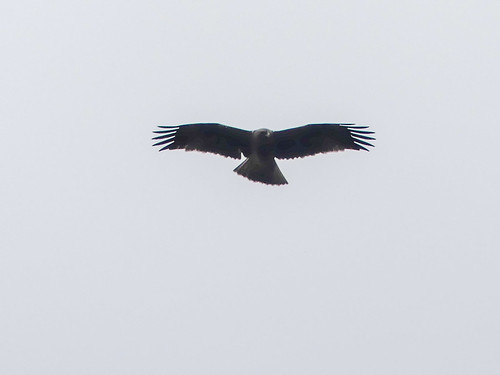

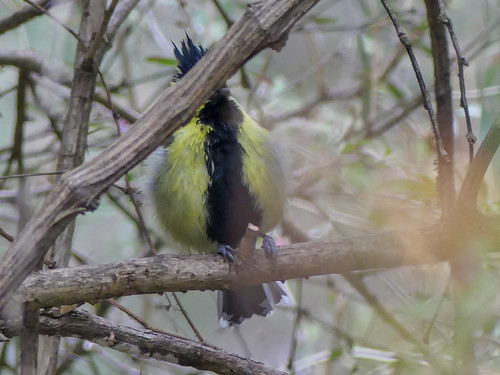

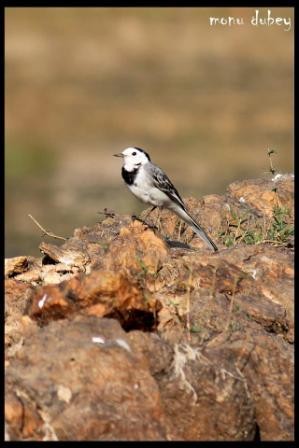
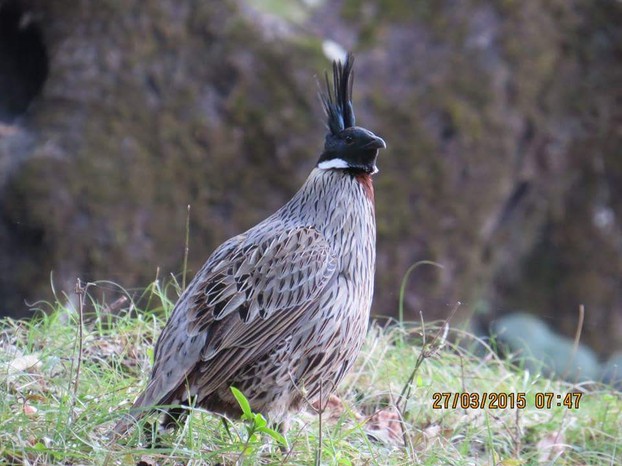
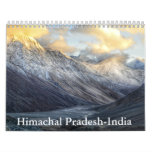


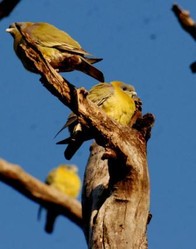

 Full Day Safari in Bandhavgarhon 08/29/2023
Full Day Safari in Bandhavgarhon 08/29/2023
 SEO Campaign: Website Overhaulon 02/13/2023
SEO Campaign: Website Overhaulon 02/13/2023
 Indian Food It Is Not All Curryon 02/08/2023
Indian Food It Is Not All Curryon 02/08/2023
 How Tiger Tourism is Organized in India?on 02/07/2023
How Tiger Tourism is Organized in India?on 02/07/2023
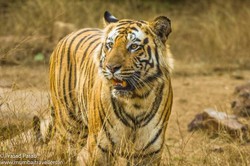
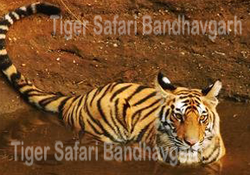
Comments
Temperatures in monsoon would be less in winters it can touch minus to 10 degrees C. Yes you are right about the status of bar headed goose. Thanks
pateluday, Thank you for pictures, practicalities and products.
In particular, what lovely product lines about Krishna and his favorite milkmaid!
What temperatures do birdwatchers face in Himachal Pradesh during monsoon versus winter months?
Is the bar-headed goose interpreted in most Indian languages as the hamsa vehicle of Saraswati? English language sources here tend to list them as such.
Yes the long list is to impress upon how big it is and the fantastic number of avian species found in the region.
Yes the long list is to impress upon how big it is and the fantastic number of avian species found in the region.
It is good you include both large birds and small birds. The list is quite long.